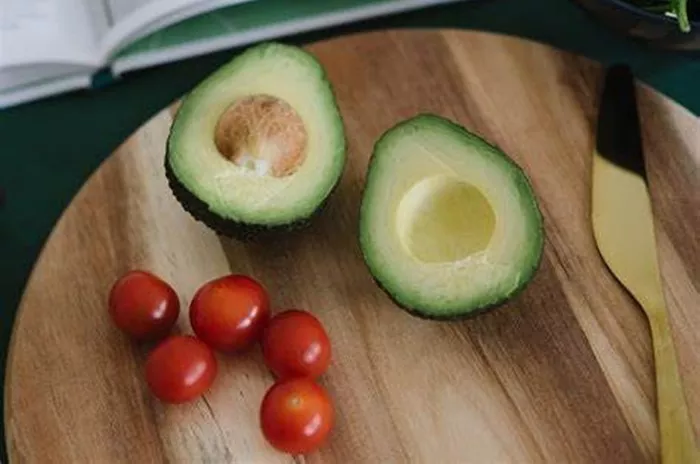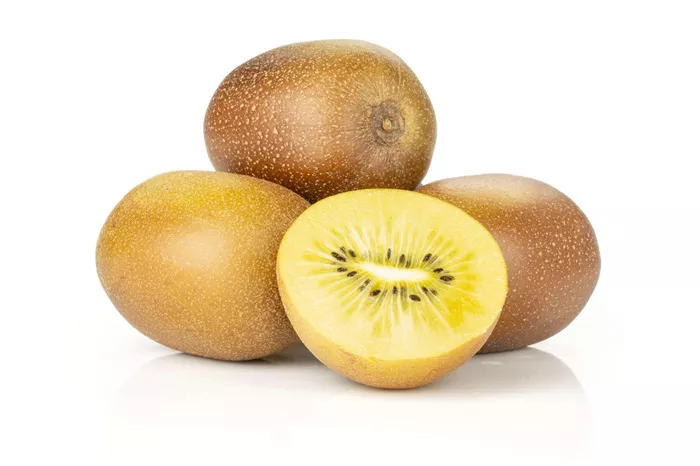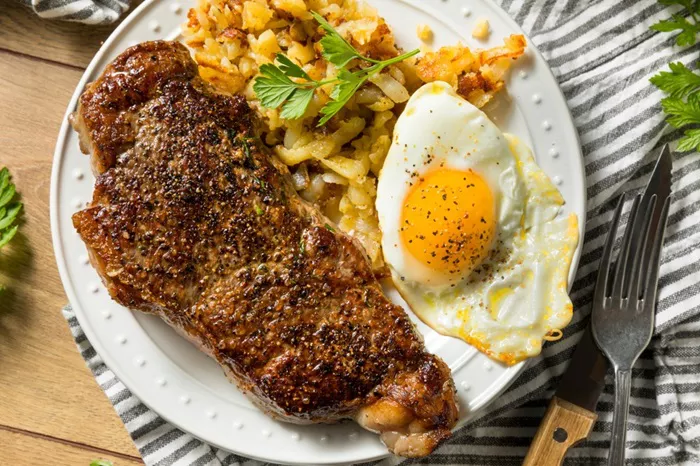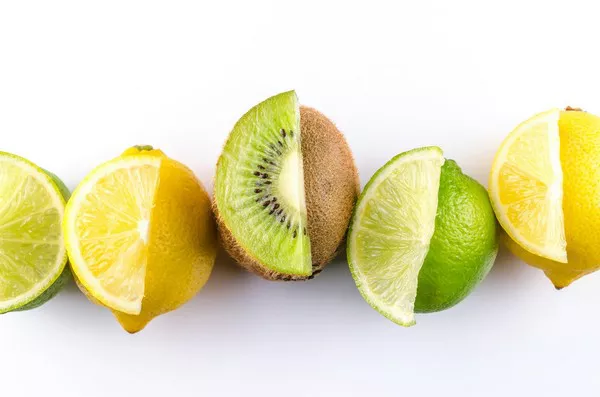In the world of fitness and muscle building, protein intake plays a crucial role in supporting muscle growth, repair, and overall health. For some individuals, aiming for a daily protein intake as high as 200 grams may be necessary to meet their specific goals and requirements. In this article, we will explore effective strategies and practical tips to help you achieve your target of 200 grams of protein each day. Join us on this protein-rich journey and unlock the potential for optimal muscle fuel.
Understanding the Importance of Protein
Protein is often referred to as the building block of muscles for a reason. It is composed of amino acids, which are essential for muscle repair, growth, and maintenance. When you engage in resistance training or intense physical activity, your muscles undergo stress and micro-tears. Protein provides the necessary amino acids to repair and rebuild these damaged muscle tissues, resulting in increased muscle size and strength. To maximize muscle growth and fuel your fitness journey, a daily protein intake of 200 grams can be a game-changer.
Calculating Your Protein Needs
Before diving into strategies to reach the 200-gram mark, it’s important to calculate your specific protein needs based on your body weight, activity level, and goals. While a general guideline for protein intake is around 0.8 to 1 gram per kilogram of body weight, individuals aiming for muscle gain and higher protein synthesis may require a higher intake. To estimate your protein needs, multiply your body weight in kilograms by a factor between 1.6 to 2.2, depending on your activity level and goals. This will give you a rough estimate of the grams of protein you should aim for each day.
Distribute Protein Intake Throughout the Day
To reach your target of 200 grams of protein, it’s essential to distribute your protein intake throughout the day. Aim to include a source of protein in each meal and snack to ensure a steady supply of amino acids for muscle repair and growth. Divide your daily protein target by the number of meals and snacks you consume, and plan accordingly. For example, if you have five meals and two snacks, each meal and snack should contain approximately 25 to 30 grams of protein. This strategic approach will optimize protein utilization and maximize muscle fueling potential.
Choose High-Protein Foods
When aiming for a high protein intake, the quality of the protein sources becomes paramount. Opt for lean sources of protein that are low in saturated fats and rich in essential amino acids. Include a variety of options such as lean meats, poultry, fish, eggs, dairy products, legumes, and plant-based protein sources like tofu and tempeh. These foods not only provide an abundance of protein but also offer additional nutrients and health benefits. Prioritize whole, minimally processed foods to ensure you’re fueling your body with the best possible protein sources.
Leverage Protein Supplements
While whole food sources should form the foundation of your protein intake, incorporating protein supplements can be a practical and efficient way to reach the 200-gram mark. Protein powders, such as whey protein, casein protein, or plant-based protein powders, offer a concentrated dose of protein without excessive calories or fat. They can be easily mixed with water, milk, or added to smoothies and recipes. Protein bars and ready-to-drink shakes are also convenient options for on-the-go protein fuel. However, it’s important to remember that supplements should complement a well-balanced diet and not replace whole food sources.
Snack Smart
Snacking can be an opportunity to increase your protein intake throughout the day. Plan protein-rich snacks to keep you satiated and support muscle fueling between meals. Greek yogurt, cottage cheese, hard-boiled eggs, jerky, nuts, and seeds are excellent portable options that provide a protein punch. You can also prepare protein-rich snacks in advance, such as protein balls or homemade protein bars, using ingredients like oats, nut butter, protein powder, and dried fruits. Snacking smartly ensures you stay on track towards your 200-gram protein goal.
Meal Prepping
Meal prepping is a game-changer when it comes to reaching your protein target consistently. Dedicate some time each week to plan and prepare your meals in advance. Cook lean proteins, such as chicken breasts, turkey, or fish, and divide them into individual portions. Steam or roast an assortment of vegetables, and cook whole grains like quinoa or brown rice. Having pre-portioned meals readily available will not only save time and effort but also ensure you have a protein-rich option at hand whenever hunger strikes.
Strive for Protein Diversity
While meeting your protein target is crucial, it’s equally important to strive for protein diversity. Different protein sources offer varying amino acid profiles and additionalnutrients. Incorporating a variety of protein-rich foods ensures you obtain a well-rounded nutrient profile and reap the benefits of different amino acids. Experiment with different recipes, cuisines, and cooking methods to keep your meals exciting and enjoyable. Remember, a balanced and diverse protein intake promotes overall health and supports optimal muscle fueling.
Track Your Intake
Tracking your protein intake can be an effective tool to ensure you’re consistently meeting your daily goal of 200 grams. Utilize food tracking apps or journals to monitor your protein consumption and adjust your meals and snacks accordingly. This practice not only provides accountability but also allows you to identify any gaps or areas for improvement. Stay committed to tracking your intake and celebrate your progress along the way.
Consult a Registered Dietitian
Achieving a daily protein intake of 200 grams may require careful planning and individualized guidance. Consulting a registered dietitian can provide valuable insights and personalized recommendations based on your specific needs, preferences, and goals. A dietitian can help you create a customized meal plan, review your current dietary habits, and address any potential concerns or challenges. This professional guidance ensures you’re on the right track towards maximizing muscle fuel and overall well-being.
Conclusion
Reaching a daily protein intake of 200 grams is an ambitious goal that requires careful planning, strategic meal distribution, and a variety of high-quality protein sources. By focusing on lean proteins, incorporating protein supplements when needed, snacking smartly, meal prepping, and tracking your intake, you can confidently fuel your muscle-building journey. Remember to prioritize whole foods, stay consistent, and seek personalized guidance from a registered dietitian when necessary. Embrace the power of protein and unleash your full muscle fueling potential with 200 grams of protein a day.
[inline_related_posts title=”You Might Be Interested In” title_align=”left” style=”list” number=”6″ align=”none” ids=”3080,3075,3077″ by=”categories” orderby=”rand” order=”DESC” hide_thumb=”no” thumb_right=”no” views=”no” date=”yes” grid_columns=”2″ post_type=”” tax=””]



































